How CES Became the Launchpad for Boating’s Newest Innovations
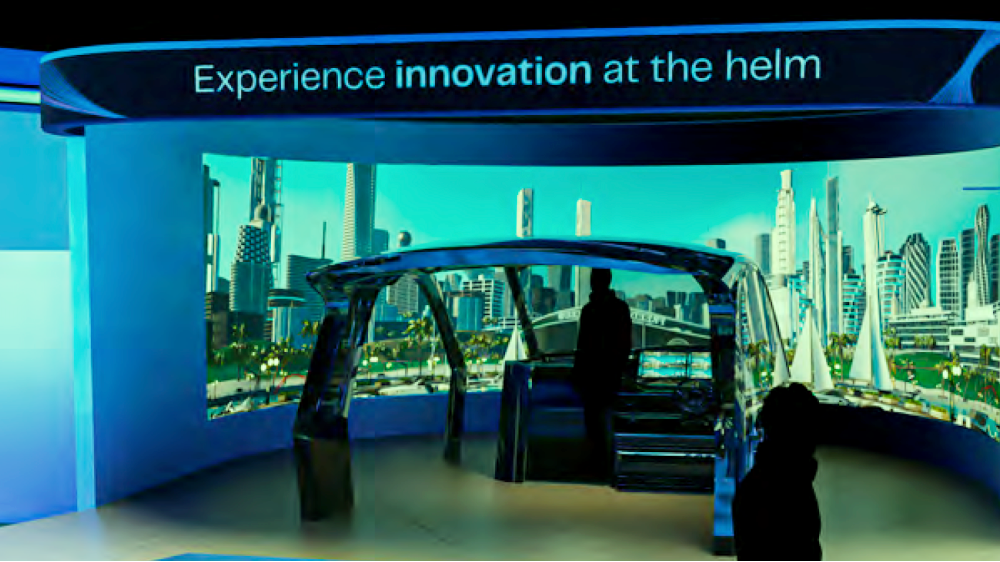
The Consumer Electronics Show isn’t known for yachting, but the boating industry’s largest companies are identifying as much with this week’s Las Vegas event as their biggest international boat shows.
“This is one of the few places where we can present ourselves entirely as Brunswick,” David Foulkes, CEO of the boat and engine builder, told Robb Report. “At boat shows, the attendees only see our individual companies like Mercury Marine, Boston Whaler, and dozens of other brands we own. This lets us showcase the full power of our technology.”
More from Robb Report
How Yacht Owners Are Using Their Explorer Vessels for Humanitarian Efforts
Samsung's Newest Speaker Doesn't Want You to Know It's a Speaker
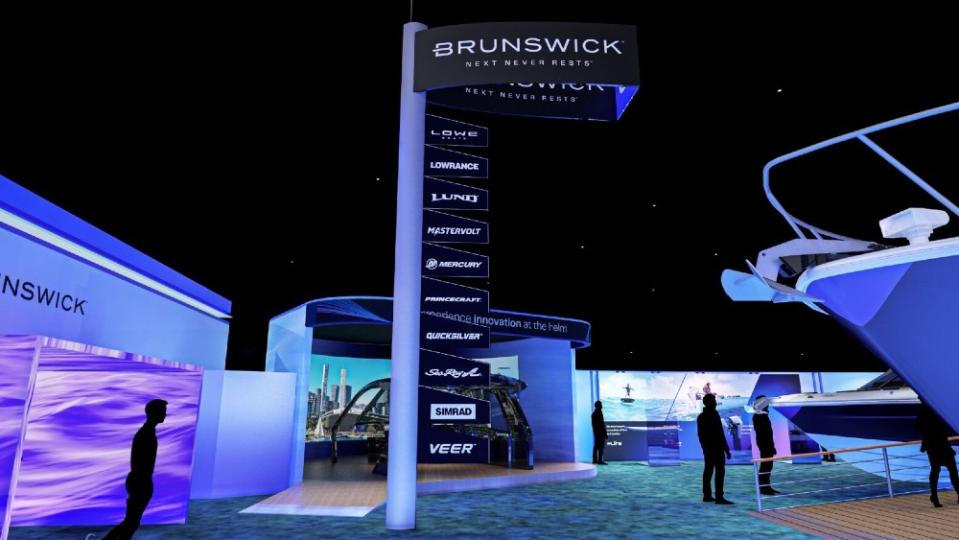
CES also puts Brunswick in front of a much wider virtual audience. Foulkes says online impressions of the Chicago-based company typically reach about one million after a leading boat show like Miami or Fort Lauderdale. At CES, that number could cross into the billions.
Its fourth year in Las Vegas, Brunswick has made its exhibit bigger and more complex each year. “Last year, the concept was an oval aquadrome with multiple displays, but this one is a much larger marina of the future,” says Foulkes.
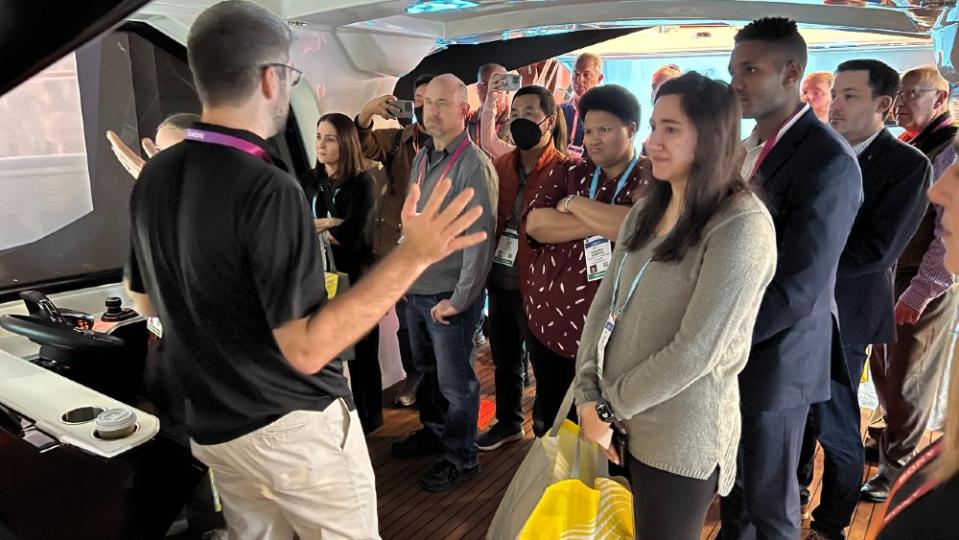
The exhibit features a full-sized Boston Whaler 405 Conquest with newly developed auto-docking and peripheral camera systems, a Sea Ray 280 SLX with a Fathom lithium-ion power management system that replaces a conventional battery, and a new electric boat brand called Veer that Brunswick started to appeal to a younger demographic. The 13-foot Veer on display has a new Mercury Avator electric outboard.
Foulkes has referred to Brunswick multiple times as a tech company—most recently saying CES is “part of our DNA”—since he assumed the chief executive role in 2019. The company used last year’s Vegas show to announce a new corporate tagline, moving from from “Innovation and Inspiration on the Water” to the much edgier “Next Never Rests.”
While other companies lean on the tech title to show off new technology, Brunswick last year spent more than any other marine firm, about a quarter of its annual R&D budget on its ACES—Autonomy, Connectivity, Electrification, and Share Access—strategy to modernize its boats and engines.
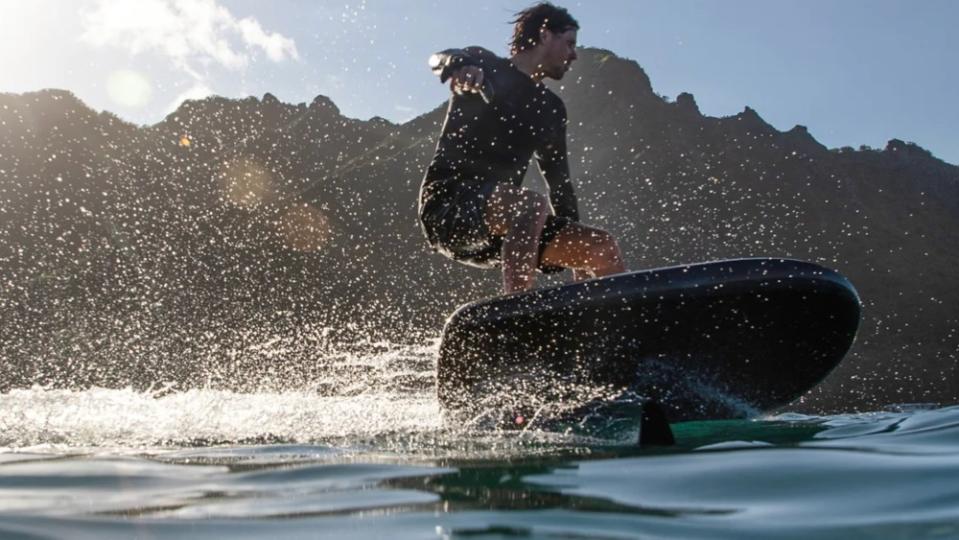
Technologies like autonomous docking (it has a virtual docking system in the booth) and electrification of outboards are helping to revolutionize an industry that is often years behind automotive. “We designed and built more than 6,000 electric outboards in the last nine months, a number almost unheard of for our industry,” says Foulkes.
As advanced as auto-docking is, that technology will involve a slow penetration into the industry as an expensive option on Brunswick’s largest, priciest models. Thousands of Avator electric outboards will find an immediate place on the transoms of smaller boats, largely in Europe, often on lakes prohibiting the use of conventional combustion engines.
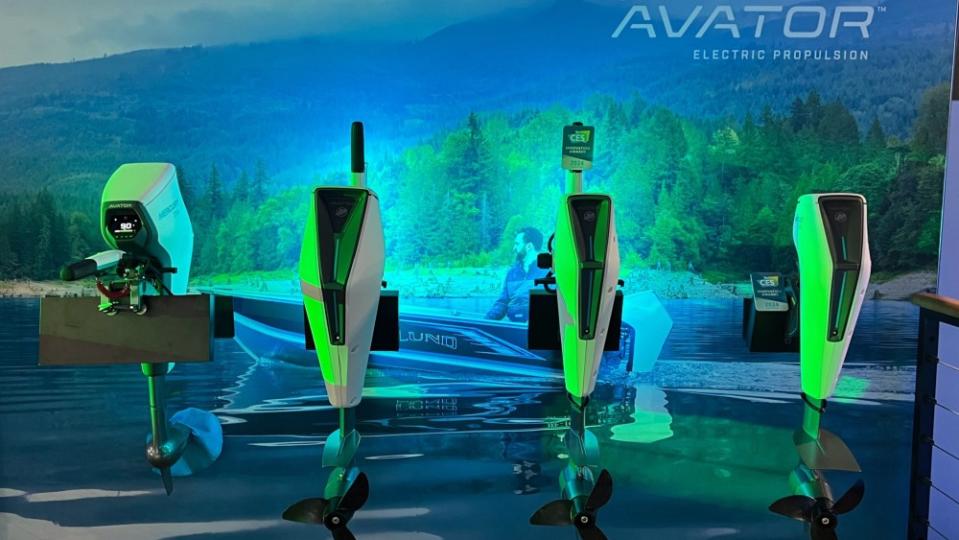
Volvo Penta, another of the industry’s major marine-engine manufacturers, is also using sustainability as a visible theme at CES. The Swedish firm is launching a new product called the IPS Professional platform, which builds on its existing IPS platform but incorporates a hybrid electric and conventional combustion engine into a single driveline.
The system has some nifty features, including being able to run on sustainable biofuels and an “Eco Mode” that pauses engines, when they’re not required. Both involve improved fuel efficiency, lower carbon output and less noise. The IPS Professional Platform also works with other Volvo technologies such as assisted docking, dynamic positioning and a professional-level Glass Cockpit helm display.
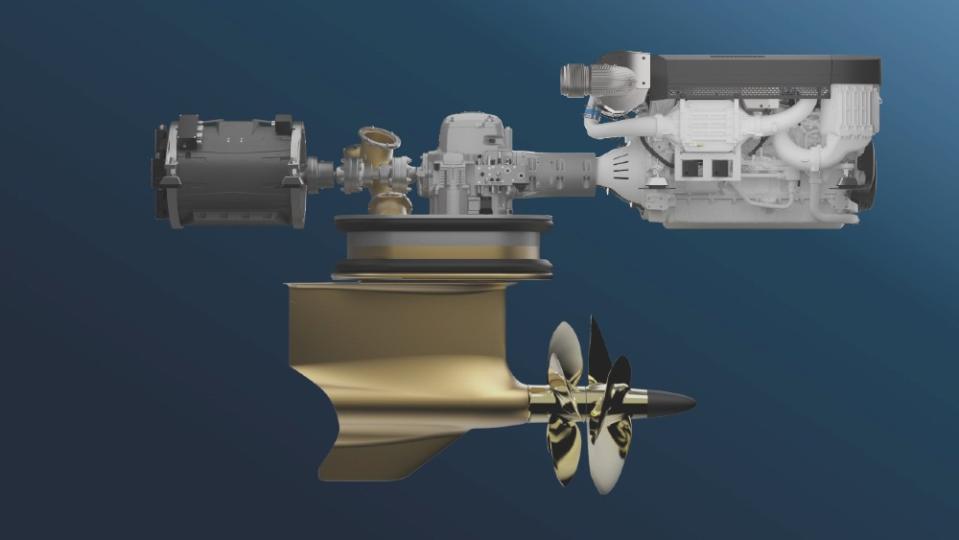
This type of hybrid diesel-electric propulsion system has been around for years, and in fact, Volvo tested its own version on the 50-foot tourist boat, Kvitbjørn, in Norway. But this is the first time an engine builder will offer a hybrid system as a certified package with warranties.
“We’re able to deliver a seamless and intuitive experience from helm to propeller,” says Johan Inden, president of Volvo Penta Marine. “We also see this as a major step towards decarbonization in superyachts and commercial vessels between 80 to 160 feet.”
Best of Robb Report
Sign up for Robb Report's Newsletter. For the latest news, follow us on Facebook, Twitter, and Instagram.

